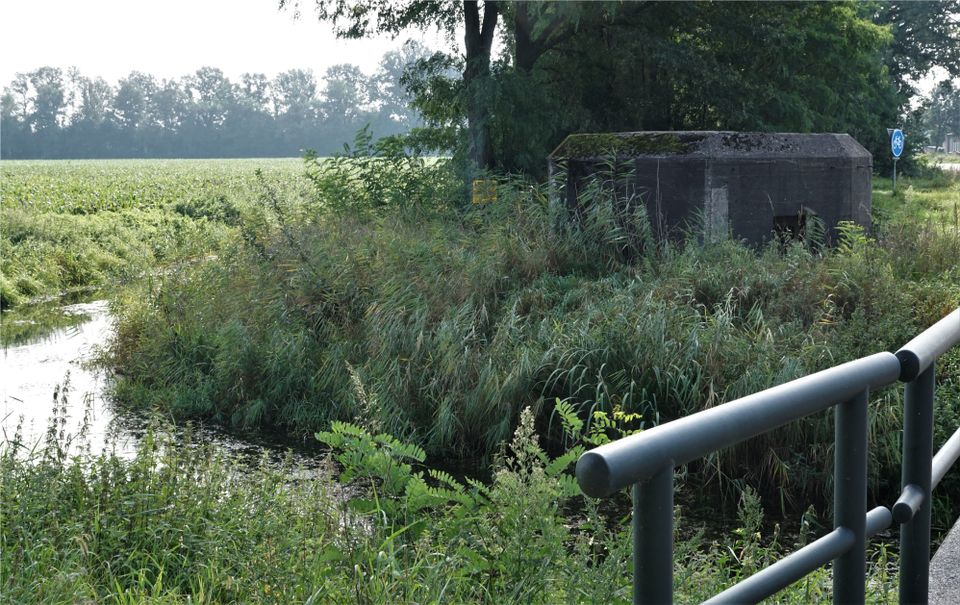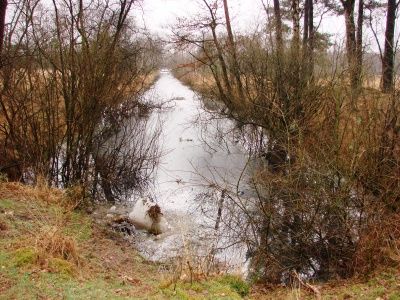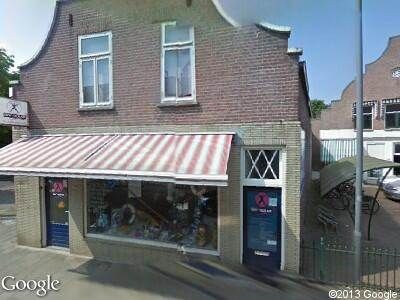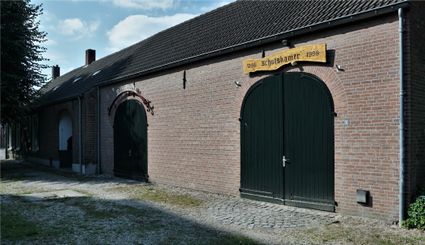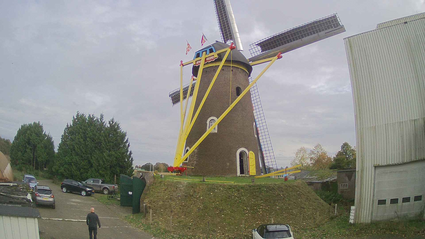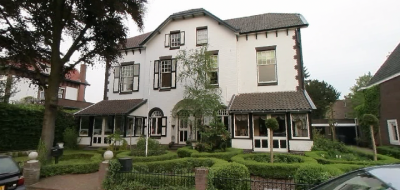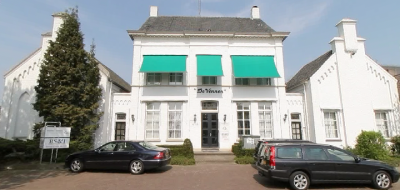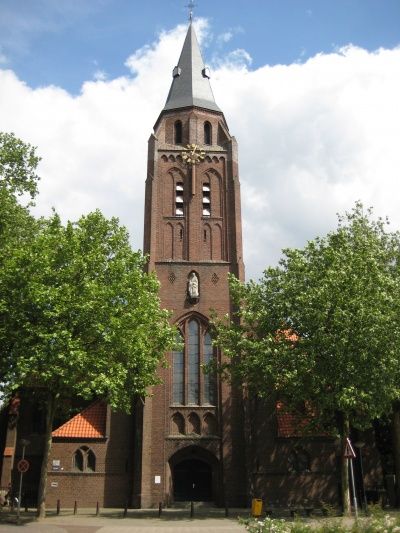WWII: Koordekanaal in de Klotterpeel | De Rips
The Koordekanaal was part of the Peel-Raamstelling. The canal branched off from the Defensiekanaal southwest of Landhorst, ran roughly parallel to the present Middenpeelweg past Elsendorp, and continued through Beestenveld and the Klotterpeel south of De Rips in a southeasterly direction to eventually rejoin the Defensiekanaal.
Contents
1 Defensive Canal
1.1 Cause of war
1.2 Peel-Raamstelling and Defense Channel
1.3 Koordekanaal as a circular closure
2 War material
1. Koordekanal
The Koordekanal was dug in 1939, just before World War II. Together with the Defense Canal, it was part of the Peel-Raamstelling to defend our country.
1.1 Reasons for war
After the First World War (1914-1918), in the mid-…
The Koordekanaal was part of the Peel-Raamstelling. The canal branched off from the Defensiekanaal southwest of Landhorst, ran roughly parallel to the present Middenpeelweg past Elsendorp, and continued through Beestenveld and the Klotterpeel south of De Rips in a southeasterly direction to eventually rejoin the Defensiekanaal.
Contents
1 Defensive Canal
1.1 Cause of war
1.2 Peel-Raamstelling and Defense Channel
1.3 Koordekanaal as a circular closure
2 War material
1. Koordekanal
The Koordekanal was dug in 1939, just before World War II. Together with the Defense Canal, it was part of the Peel-Raamstelling to defend our country.
1.1 Reasons for war
After the First World War (1914-1918), in the mid-1930s Germany began to rearm and new threats of war arose. There was a growing realization in the Netherlands that its defense also needed improvement. The Netherlands subsequently formed "covering detachments" with soldiers along the coast, important ports, traffic junctions and all borders. In the Peel in 1938-1939 a so-called Peeldetachement was formed, which was later expanded to six battalions (6000) men.
1.2 Peel-Raamstelling and Defense Canal
It was decided to construct the so-called Peel-Raamstelling along the major water obstacles of the Zuid-Willemsvaart, Noordervaart, the Deurneskanaal in the south and the small river De Raam between Mill and Grave. However, no water obstacle existed between Mill and Griendtsveen. Therefore, the Defense Canal was dug after which, in the spring of 1939, construction of casemates (bunkers) and barbed wire fences along the canal also began.
1.3 Choral Canal as a circular barrier
The Defense Canal, between the Brabant-Limburg border and Elsendorp, juts far forward toward the east. Therefore, in the event of a German invasion, this area was considered vulnerable militarily because our defenses could be cut off. It was decided to build a second canal that was to nullify the possible adverse effects of the "bulge. It was named Koordekanaal because the canal was dug through this area like a chord (is part of a circle). The excavated sand of the canal was used as field fortification and mines were laid locally.
The financial budget of the Peel-Raamstelling did not include the digging of the Koordekanaal and therefore the bunkers were missing here. Just before and during the German invasion on May 10, 1940, the Koordekanaal was only thinly manned by Dutch soldiers due to lack of personnel. Therefore, the Dutch army had already abandoned the Koordekanaal almost immediately. In panic, some of the bridges over the Koordekanaal were blown up prematurely. As a result, military and civilian evacuees were trapped in Area A and exactly what was intended to be prevented by the construction of the Koordekanaal happened.
In the Klotterpeel and in the Beestenveld lie the last remaining parts of the Koordekanaal.
2. War material.
The Netherlands was hopelessly outdated. By World War I, almost every country had modernized its war materiel; in the Netherlands it had last been done in 1880. So when Hitler invaded Austria in 1938 and the threat of war became visible, much had to be done.
The Dutch army was mobilized in sections, with priority given to border protection. In order to keep the required manpower within limits (besides being underarmed, the army was also undermanned) positions were dug, partly by soldiers, partly as a job creation project for the many unemployed, after all, these were crisis years. Through the Peel ran the Peel-Raamstelling, of which the Koordekanaal was a part. It was tapped off from the Defense Canal and ran through Jodenpeel, crossed into Stippelberg and ran through the woods until it curved east at Vossenberg, went straight north to Elsendorp and on again. The positions totaled 80 km between Budel and Grave, and included trenches, canals, barbed wire fences and minefields. Bridges and culverts were fitted with explosives.
The Koorde Canal was dug after the Defense Canal which in turn was built after the other work, as a tank ditch. The canals were mostly dug with shovels and manpower, incredibly hard work. As a result, the Koorde Canal was not ready when the Germans invaded in 1940. Added to this was a change in army command in 1940. As a result, most of the soldiers were removed from the Peel and stationed elsewhere. Little remained of the plan to slow down the enemy here.
But the positions were manned by the remaining soldiers and the Germans waited. Then three days after occupying the positions the order was given to abandon them. The disappointment at this message was very great. Years of work had gone into the positions. Some soldiers had not seen any Germans at all. However, the retreat was rapid, so rapid that in some cases the "beware of mines" signs were forgotten at the minefields. The bridges over the Koordekanaal were destroyed too soon, so that a remnant of Dutch soldiers left behind had the greatest difficulty in crossing it.
As part of yet another post-war job creation project, most of the Koordekanaal was again filled in. However, the section running through the Klotterpeel here is still recognizable.
Source: L. van de Kerkhof, Between crisis and reconstruction, 1995, Proost Int. Book Production, Turnhout.
